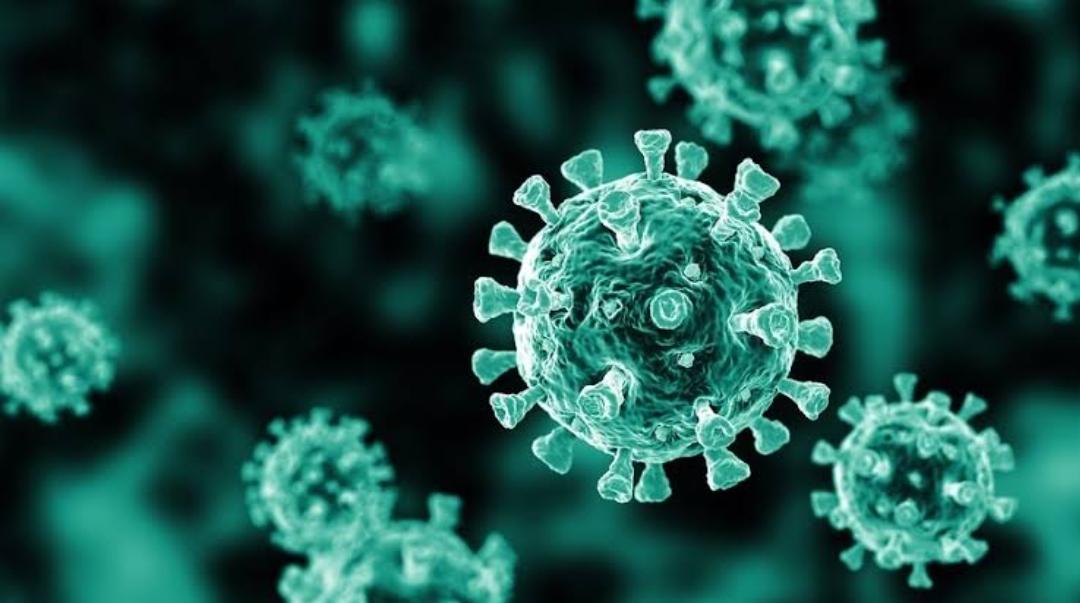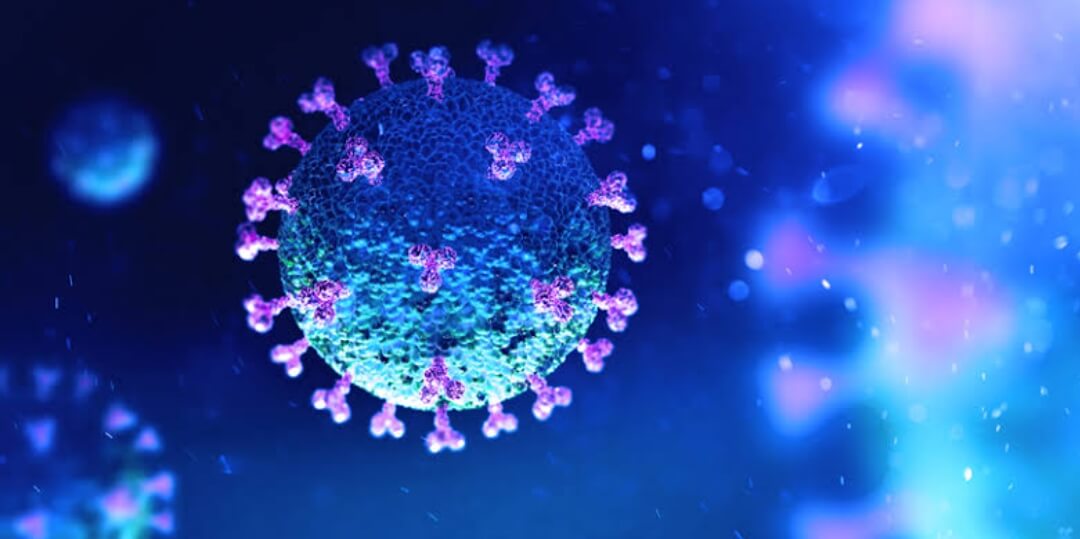
Can wearing a mask reduce allergy symptoms?
An allergy is an immune system response to a foreign substance that's not typically harmful to your body. These foreign substances are called allergens. They can include certain foods, pollen or pet dander. There is currently no cure for allergies. However, researchers continue to investigate potential therapies. People can treat their allergy symptoms with medications and take steps to reduce their exposure to the allergen causing the reaction. Studies show mask reduce allergy, which typically float around in much larger sizes, making them easier to block.
Reactions occur when the immune system incorrectly identifies allergens like pollen as a threat and mounts an immune response. This can cause sneezing, nasal congestion, a runny nose, and itchy eyes. Pollen is airborne and can be inhaled. But allergy experts have noted since mask wearing became commonplace across the United States, many people have reported changes to their allergy symptoms related to pollen.
Israeli researchers recently studied how much difference wearing a mask could make for allergy sufferers with mild, moderate and severe symptoms. Using data collected from 215 nurses who used surgical masks or N95 masks during a two-week period, they found that among the 44 nurses with severe allergy symptoms, nearly 40 percent experienced less sneezing, runny nose and stuffy nose when they wore either a surgical or N95 mask. Among the 91 nurses with moderate symptoms, 30 percent improved when they wore a surgical mask; that rose to 40 percent when they wore an N95. Among the 80 nurses who started the study with mild symptoms, 43 nurses, or about 54 percent, felt their symptoms improved while wearing a surgical or N95 mask, said Dr. Amiel Dror, a physician-scientist at Galilee Medical Center and Bar-Ilan University Azrieli Faculty of Medicine and the lead author on the study.
A standard surgical mask can filter particles larger than 3 micrometers, while an N95 mask can filter particles as small as 0.04 micrometers. Pollen is typically between 10 and 100 micrometers in size. Fungal spores are usually between 2 and 50 micrometers, and house dust mite feces are between 10 and 40 micrometers. Wearing a mask, reduce allergy and filter all these allergens.
















